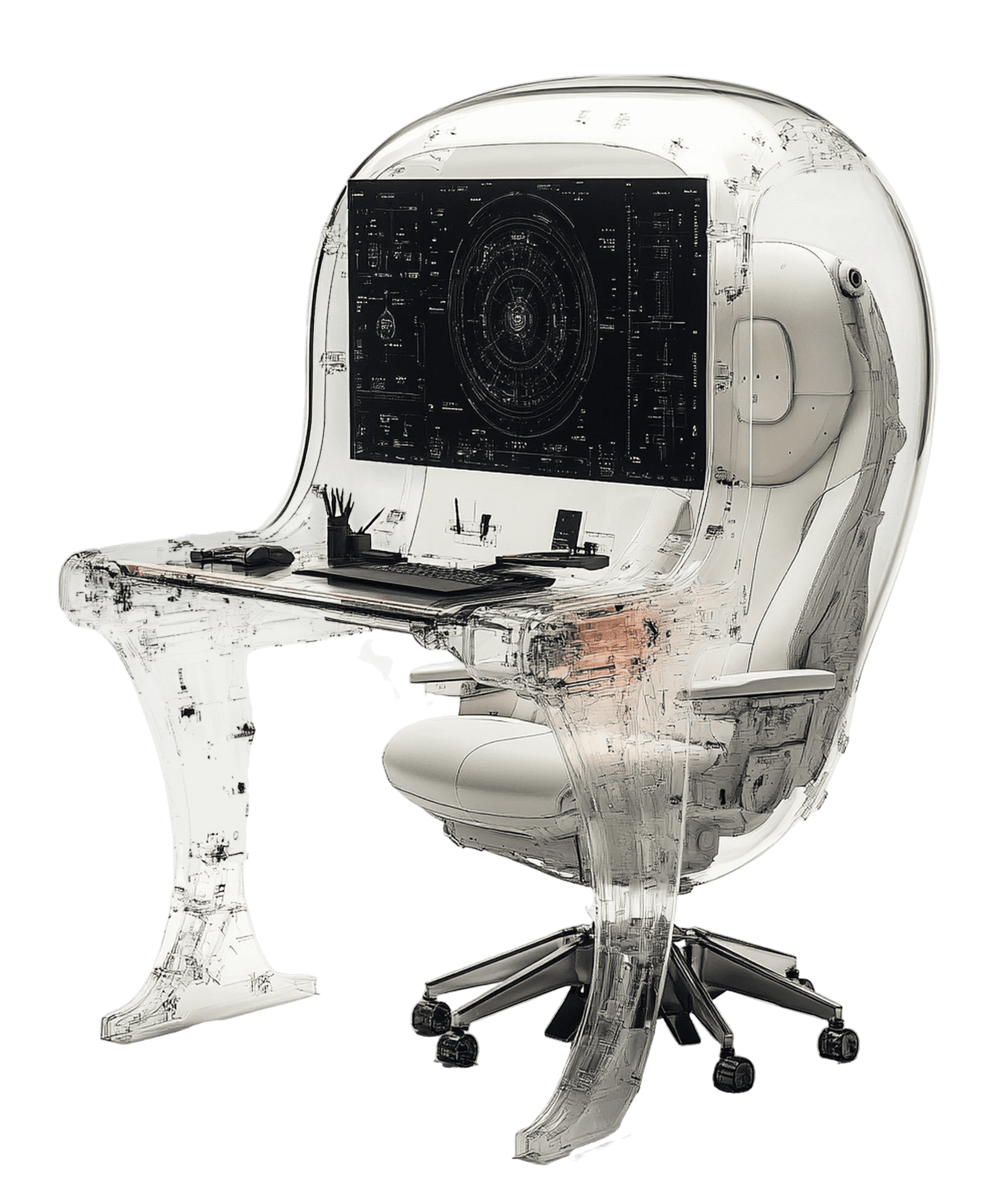SCADA and ICS Security Assessment Services in India | Lumiverse Solutions
In today’s digital era, the security of your Supervisory Control and Data Acquisition (SCADA) and Industrial Control Systems (ICS) is vital to safeguard your critical infrastructure. At Lumiverse Solutions, we offer comprehensive SCADA & ICS Security Assessments to help businesses detect vulnerabilities, prevent cyberattacks, and enhance operational resilience with expert guidance and advanced protection strategies.
Exploring the Role of SCADA & ICS in Industrial Operations
Supervisory Control and Data Acquisition (SCADA) and Industrial Control Systems (ICS) are essential for managing and monitoring industrial processes. SCADA systems gather data in real-time from remote locations to control equipment and conditions. SCADA & ICS Security Assessment.
ICS contains various control systems used in industrial production, including Distributed Control Systems (DCS), Programmable Logic Controllers (PLC), and other automation systems.
Together, they improve operational efficiency, safety, and reliability across sectors such as manufacturing, energy, water treatment, and transportation. SCADA & ICS Security Assessment.

Key Components and Architecture of SCADA & ICS Systems
SCADA and ICS systems have several key components, including sensors, control systems, communication networks, and human-machine interfaces (HMIs). Sensors collect data from physical processes and send it to the control systems, which analyze and respond to the data in real-time. SCADA & ICS Security Assessment.
The communication network connects various devices and transmits data, while HMIs allow operators to interact with the system, monitor performance, and make adjustments as needed. This integrated architecture provides seamless operation and control of complex industrial processes. SCADA & ICS Security Assessment.
Real-world Applications and Industries Utilizing SCADA & ICS Technology
SCADA and ICS technologies are widely used across multiple industries. In the energy sector, they manage power generation, transmission, and distribution, providing a stable and efficient electricity supply. Water treatment plants rely on SCADA systems to monitor water quality and control treatment processes. SCADA & ICS Security Assessment.
In manufacturing, ICS automates production lines, improving efficiency and reducing human error. The transportation sector uses these systems for traffic management, signalling, and monitoring of railway operations. These applications highlight the critical role of SCADA and ICS in maintaining operational excellence and safety in various industries. SCADA & ICS Security Assessment.
Emerging Cybersecurity Threats Targeting SCADA & ICS Systems
The cybersecurity threat environment for SCADA and ICS is growing rapidly. Cyber threats include malware, ransomware, phishing, and advanced persistent threats (APTs) specifically designed to target industrial control systems.
These threats can disrupt operations, compromise safety, and cause significant financial and reputational damage. Attacks such as unsecured remote access, outdated software, and misconfigured systems increase the vulnerability of SCADA and ICS environments.
Case Studies of High-Profile SCADA & ICS Security Incidents
High-profile security incidents have highlighted the vulnerabilities of SCADA and ICS systems. The Stuxnet worm, discovered in 2010, targeted Iran’s nuclear facilities, causing significant disruption. The 2015 Ukraine power grid attack involved sophisticated malware that led to power outages.
These incidents demonstrate the potential impact of cyber attacks on critical infrastructure and the need for strong security measures to protect SCADA and ICS systems from similar threats.
Get Started with Your SCADA & ICS Security Assessment
At Lumiverse Solutions, we are committed to helping businesses protect their critical infrastructures with comprehensive SCADA & ICS Security Assessments.
Methodologies for SCADA & ICS Security Assessment
Overview of Common Security Assessment Techniques
Various security assessment techniques are employed to assess SCADA and ICS systems. These include vulnerability assessments, penetration testing, security audits, and risk assessments. Each technique has its own focus and methodology, providing a thorough understanding of the security posture and identifying areas for improvement.
Assessing Vulnerabilities in SCADA & ICS
Penetration testing is a critical component of SCADA and ICS security assessments. It involves simulating cyber attacks to identify vulnerabilities and assess the effectiveness of existing security controls. Penetration testers use various tools and techniques to exploit weaknesses, providing valuable insights into potential attack vectors and the impact of successful breaches. This information is important for developing targeted solution strategies
Risk Assessment and Management Strategies
A defence-in-depth strategy involves layering multiple security controls to protect SCADA and ICS systems. This approach includes implementing network segmentation, access controls, intrusion detection systems, and regular security audits. By creating multiple layers of defence, organizations can better protect their systems from cyber-attacks and minimize the impact of potential breaches.
Why Choose Lumiverse Solutions for SCADA & ICS Security?
Expert Cybersecurity Team
At Lumiverse Solutions, our team consists of certified cybersecurity professionals with in-depth knowledge of SCADA and ICS security. We leverage advanced tools and industry best practices to deliver robust security solutions that protect your critical infrastructure.
Tailored Security Solutions
We understand that each organization has unique needs. Our SCADA & ICS security assessments are customized to suit your specific infrastructure and industry requirements, ensuring that your systems are secure and compliant.
Proven Track Record
With years of experience in cybersecurity assessments and penetration testing, Lumiverse Solutions has successfully helped businesses across India secure their critical infrastructures. We have a proven track record in protecting systems from cyberattacks and ensuring operational resilience.

What We Offer in SCADA & ICS Security Assessments
Vulnerability Assessment
We perform comprehensive vulnerability scans to detect weaknesses in your SCADA and ICS systems. By identifying potential threats early, we can help mitigate risks before they are exploited.
Penetration Testing
Penetration testing simulates real-world cyberattacks to test the robustness of your systems. Our team uses advanced tools and techniques to exploit vulnerabilities and understand the impact of potential security breaches. This process allows us to recommend targeted solutions for mitigating risks.
Risk Assessment and Management
We assess the overall risk to your SCADA and ICS systems, identifying threats and determining their impact on your organization. By implementing a defense-in-depth strategy, including network segmentation, access controls, and intrusion detection systems, we help you enhance your cybersecurity posture.
Security Audits and Compliance
Our security audits ensure that your SCADA and ICS systems comply with industry standards and regulations, such as ISO 27001, GDPR, and NIST. We help you meet compliance requirements and avoid penalties while strengthening your security measures.
Continuous Monitoring and Threat Detection
Cybersecurity is an ongoing process. We offer continuous monitoring and threat detection services to ensure that your systems remain protected from emerging threats. Early detection and rapid response are key to minimizing potential damage from cyberattacks.

